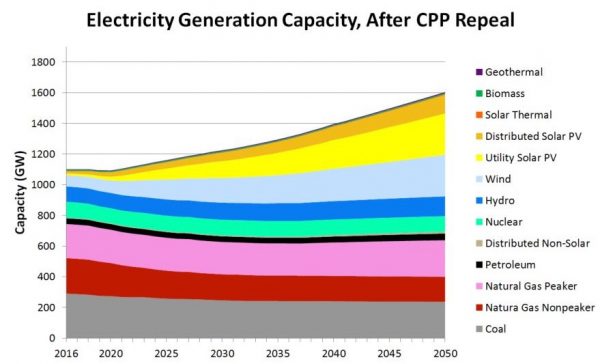About Us
Designing Climate Solutions: A Policy Guide for Low-Carbon Energy is the first comprehensive guide to outline the small set of well-designed and implemented energy policies that can put us on the path to a low-carbon future.
Designing Climate Solutions was written by Hal Harvey, with co-authors Robbie Orvis and Jeffrey Rissman, and contributing authors Sonia Aggarwal, Chris Busch, and Mike O’Boyle.
Energy Policy Solutions (EPS) helps policymakers identify and implement efficient and cost-effective policies to accelerate our path to a low-carbon future
Energy is a mammoth portion of the global economy. Every year, the world spends trillions of dollars on energy and on the capital equipment that generates or consumes energy. Most energy infrastructure is built to last for decades, which makes it crucial that we get energy policy right. Done correctly, energy policy can improve energy security and minimize pollution at no additional cost (or even net savings) to the economy. Done wrong, energy policy can waste billions of dollars and lock in dirty, inefficient systems for decades to come.
Our Work
Energy Innovation strives to answer two key questions:
- Which policies will be most meaningful in reducing emissions, and how stringently must they be set?
- How should these policies be designed and implemented so as to maximize their beneficial interactions, ensure compliance, and avoid unintended consequences?
We address the first question through our Energy Policy Simulator, a free and open-source computer model that estimates the environmental, economic, and human health impacts of hundreds of climate and energy policies.
Energy Innovation has developed a U.S. version of the simulator and has partnered with a handful of international organizations and government agencies to develop models for Canada, China, Mexico, Indonesia, and Poland —with more to come. Together, these countries represent 46% of global emissions
Energy Innovation has used the simulator to evaluate the impacts of policy or program announcements, as well as to identify policies that would achieve policymakers’ goals. Domestic examples include predicting the impact of repealing the Clean Power Plan, rolling back fuel economy standards on cars, and predicting how policy changes and technology prices may impact the future of electric vehicles.

U.S. electricity generation capacity under a CPP repeal
Foreign examples include identifying policies that would enable Mexico to achieve its emissions targets, policies that would allow China to peak its CO2 emissions before 2030, and policies that would empower Canada to reach its commitment to the Paris Accord.
You can try out the simulator in your web browser or download the full model at https://energypolicy.solutions.
About Energy Innovation
Energy Innovation’s is a non-partisan energy and climate policy think tank. We provide customized research and policy analysis to decision-makers and thought leaders to support policy design that reduces emissions at the speed and scale required for a safe climate future. Our work is based on scientific assessments of climate change and our technology-neutral policy recommendations are grounded in data.
Time is of the essence – we have less than a decade to avoid locking in dangerous climate change: Every year that passes narrows our options. Energy Innovation prioritizes the decisions, energy sectors, and countries where policy solutions can have an outsized impact. The details of policy design determine which decisions will reduce emissions quickly and which will not. We focus on what matters and what works in the most important venues to confront climate change.